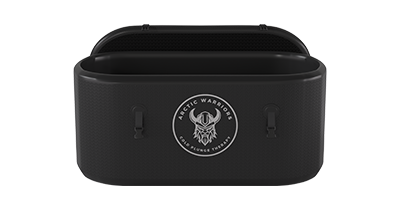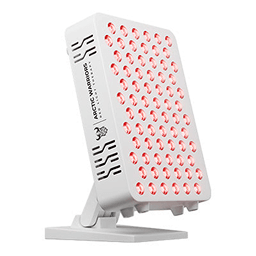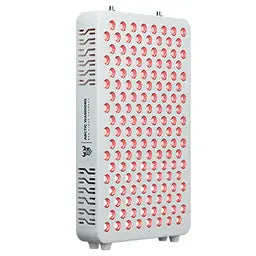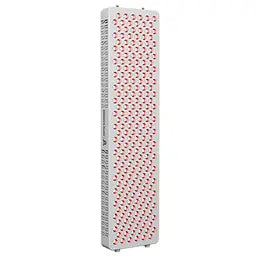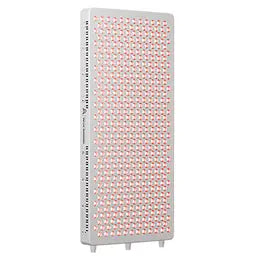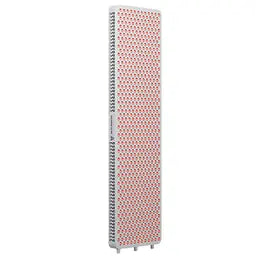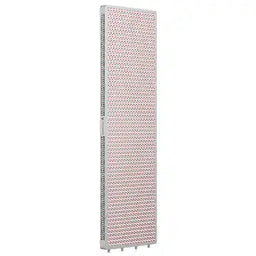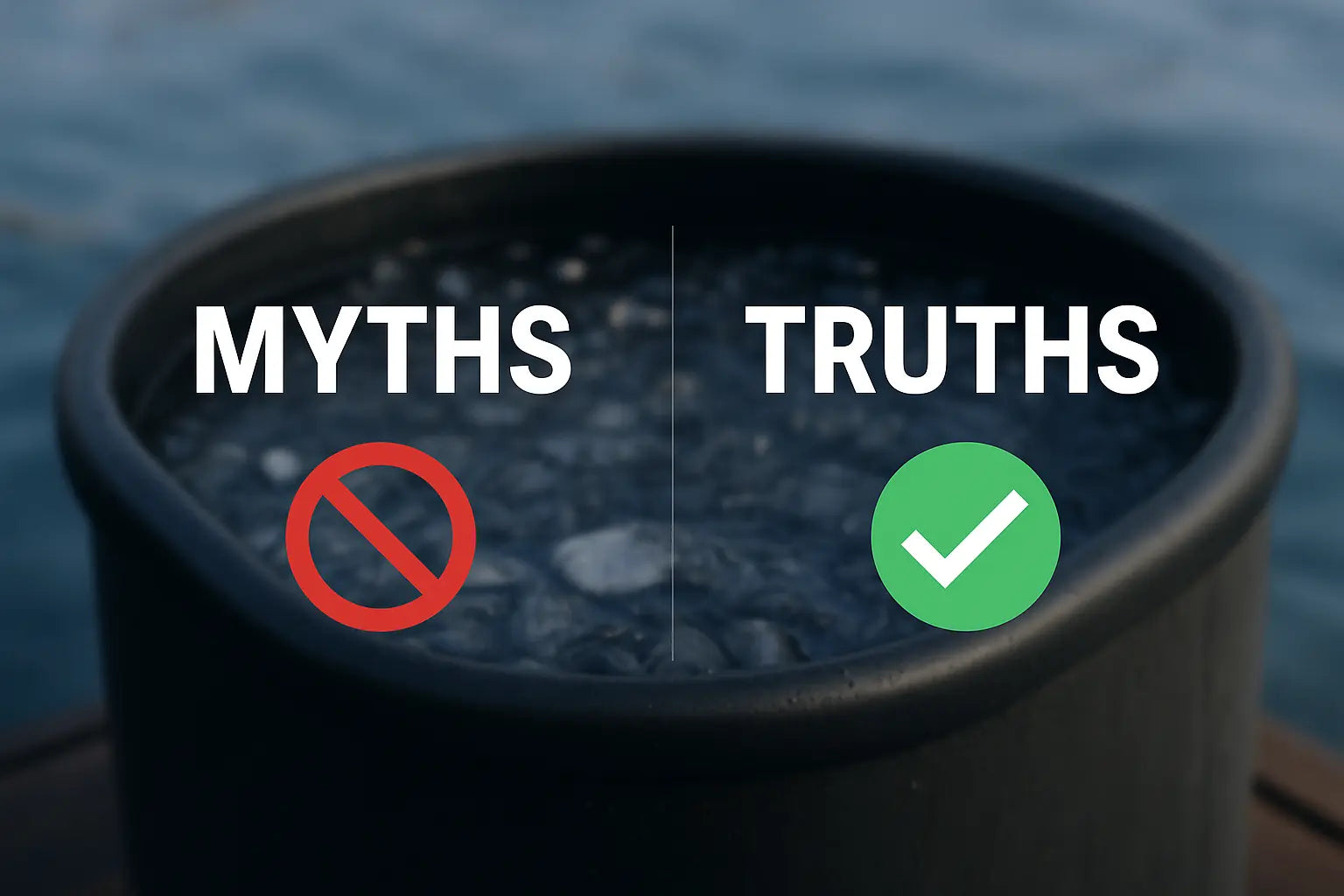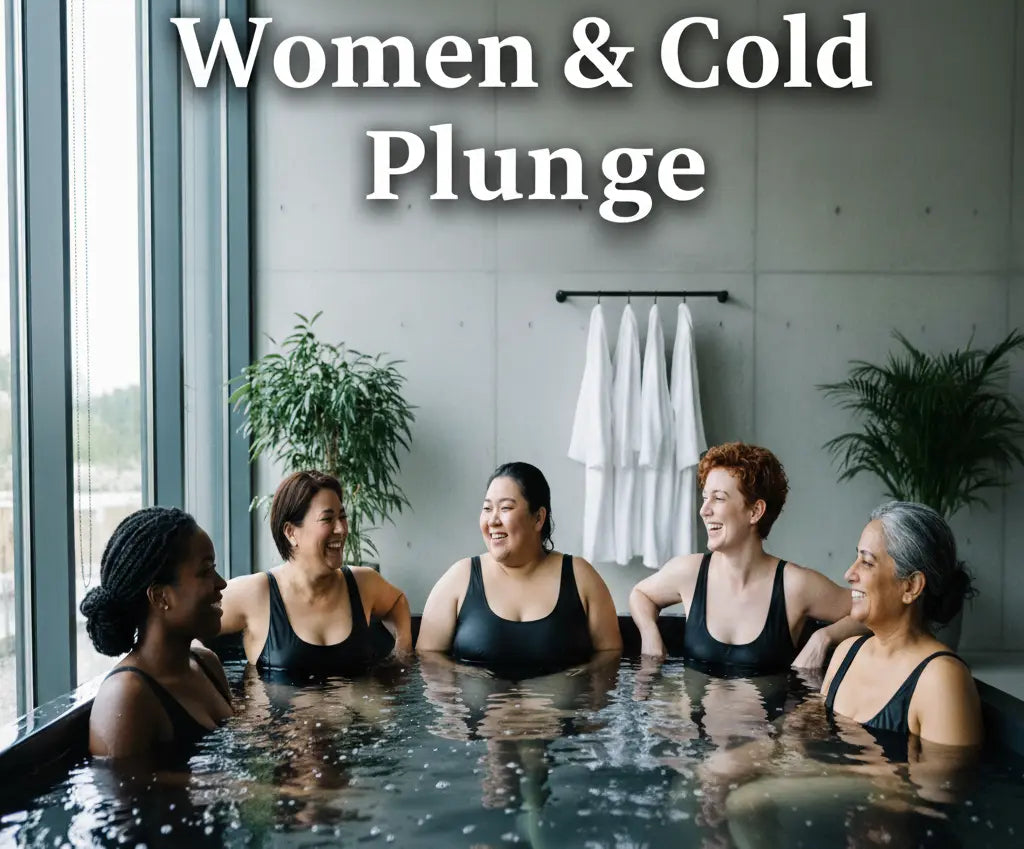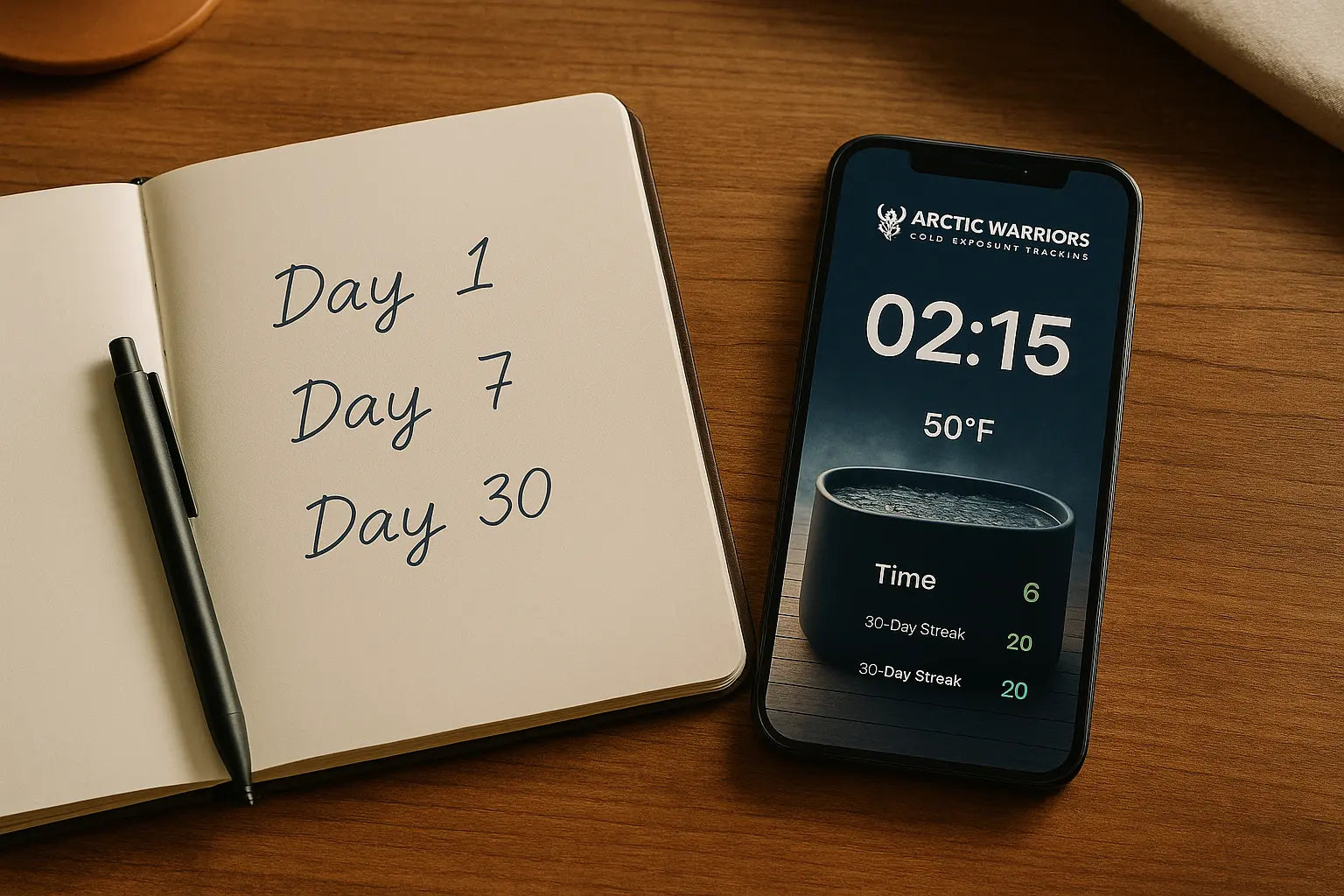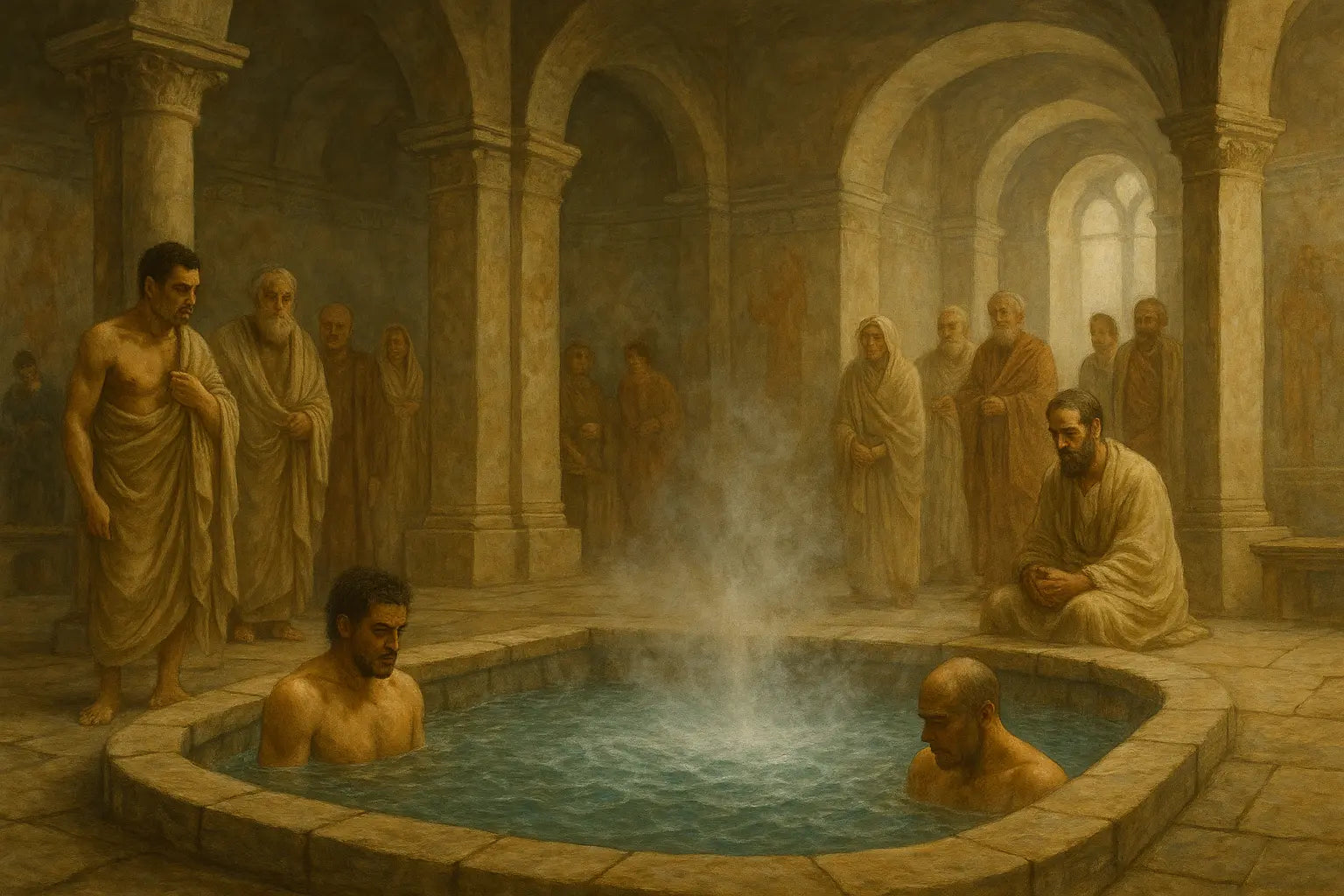What You Think You Know Might Be Wrong
With the rise of ice baths on social media, everyone from pro athletes to influencers is talking about cold exposure. But for all the buzz, there’s also a lot of misinformation floating around.
In this post, we’re putting on our myth-busting gloves and diving deep (literally) into the truths and falsehoods of cold plunging. Whether you're a curious beginner or a daily dipper, it's time to separate fact from fiction.
Myth #1: You Need Ice for a Cold Plunge to Work
Truth: You don’t need floating ice chunks to get results.
The ideal temperature range for effective cold plunging is 50°F–59°F (10°C–15°C). Temperatures lower than that are harder to tolerate and increase risk of cold shock, especially for beginners.
Tip:Most modern cold plunges allow you to set the temperature digitally. Consistency matters more than the presence of ice.
Myth #2: Longer Is Better
Truth: More time doesn’t equal more benefits.
The sweet spot for cold immersion is 2–3 minutes for most people. Going beyond 5 minutes can lead to numbing, reduced returns, and even risk hypothermia if unsupervised.
What matters: Duration should match your cold tolerance level. Beginners can start at just 60–90 seconds and still benefit.
Myth #3: Cold Plunges Are Only for Athletes
Truth: Cold exposure is beneficial for everyone.
You don’t need to be a marathon runner or UFC fighter to benefit from cold plunging. Everyday people use it for:
- Boosting mental clarity
- Reducing stress
- Improving sleep
- Increasing energy and mood
Real-world use case: Busy professionals use morning cold plunges to combat burnout and stay focused throughout the day.
Myth #4: Cold Plunging Replaces Exercise
Truth: It’s a tool, not a shortcut.
While cold plunging supports recovery, metabolism, and inflammation, it’s not a replacement for physical activity. Think of it as a companion to healthy habits, not a cure-all.
Pro tip: Cold plunging post-workout reduces muscle soreness and shortens recovery time, but movement is still key.
Myth #5: You Can’t Cold Plunge Without a Tub
Truth: There are multiple ways to get cold exposure.
Don't have a cold plunge tub or the budget for one? You can still get many of the benefits through:
- Cold showers
- Nature dips in lakes or oceans
- DIY plunge setups (trash can + water + ice = done)
Budget-friendly hack: Gradually reduce your shower temperature over a week to build tolerance before investing in equipment.
Myth #6: It’s All Just a Trend
Truth: Cold therapy has been around for centuries.
Cold immersion has roots in:
- Ancient Roman bathhouses
- Nordic sauna/plunge cycles
- Japanese purification rituals
- Traditional Indigenous healing
Takeaway: Science is now catching up to what ancient wisdom already knew: Cold heals.
3 Cold Plunge Facts You Probably Didn’t Know
- Cold plunging boosts dopamine by up to 250% — leaving you with a natural “high” for hours after.
- Cold exposure trains mental resilience — you’re not just conditioning your body, but your mind.
- It can help regulate your nervous system, shifting you from fight-or-flight to rest-and-digest mode.
Not a Fad — a Foundation
Forget the hype, filters, and viral videos — the real power of cold plunging lies in its simplicity and science-backed benefits. When practiced safely and consistently, it becomes more than a habit — it becomes a pillar of well-being.
🔹 Summary: Cold Plunge Myths in Review
|
❌ Myth |
✅ Reality |
|
You need ice |
50°F–59°F is effective |
|
More time = better |
2–3 mins is enough |
|
Only for athletes |
Great for everyone |
|
Replaces exercise |
Best used with movement |
|
Needs expensive tub |
DIY and nature-friendly options exist |
|
Just a trend |
Rooted in ancient traditions |
Ready to take the plunge?
Whether you’re in it for physical recovery, mental clarity, or the thrill of the cold — now you’ve got the facts. Don’t let myths hold you back from a practice that could seriously upgrade your life.
💡 Start smart, stay safe, and chill with intention.
Want more myth-busting wellness content?
Subscribe to our newsletter for weekly tips on cold exposure, recovery, and mindset mastery.







